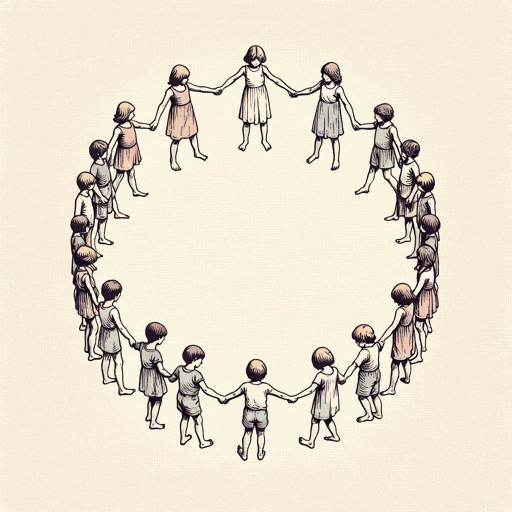22 pages • 44 minutes read
Margaret AtwoodThe Circle Game
Fiction | Poem | Adult | Published in 1964A modern alternative to SparkNotes and CliffsNotes, SuperSummary offers high-quality Study Guides with detailed chapter summaries and analysis of major themes, characters, and more.
Poem Analysis
Analysis: “The Circle Game”
Two alternating storylines—childhood play, adult observations and conversations—develop throughout six sections of this narrative poem with the final seventh section bringing the two stories together.
The poem opens with the titular “circle game,” an image of innocence and playfulness (which Atwood will soon complicate). With this image, Atwood introduces the symbol of the circle, which pervades and governs the poem. The circle game is reminiscent of “Ring around the Rosie”; the speaker observes “each arm going into / the next arm” (Lines 4-5) and continues with “They are singing” (Line 10). Line 14 presents the first instance of first-person speech, as “we” watch the children: “We can see / the concentration on / their faces” (Lines 14-16). The reader soon learns that while this is a plural pronoun, the speaker is singular but referring to themselves and another person (the “you” figure, their partner).
This initiates Atwood’s viewpoint on the darker underbelly of the playfulness: “We might mistake this / tranced moving for joy / but there is no joy in it” (Lines 20-22). Like many children’s games and fables, there is a dark subtext that often the adults detect and children do not.
Related Titles
By Margaret Atwood
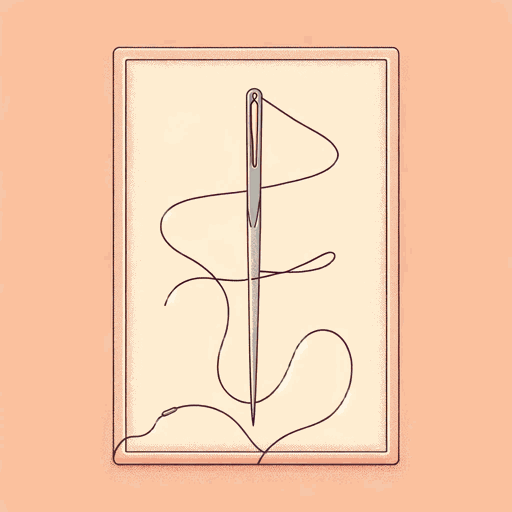
Alias Grace
Margaret Atwood

Backdrop Addresses Cowboy
Margaret Atwood
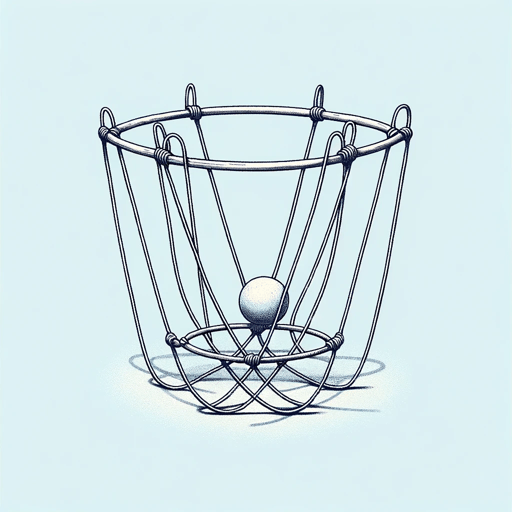
Cat's Eye
Margaret Atwood

Death By Landscape
Margaret Atwood
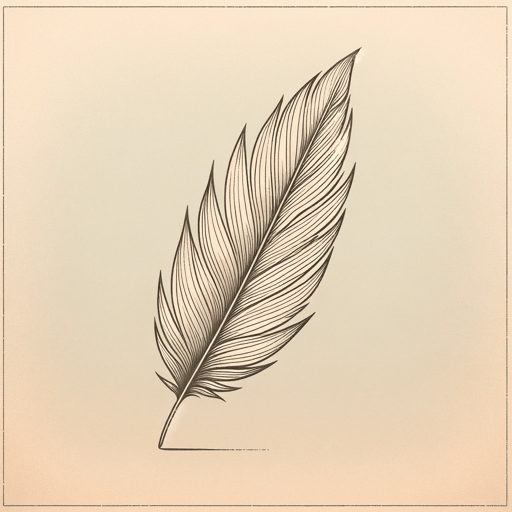
Hag-Seed: William Shakespeare's The Tempest Retold
Margaret Atwood

Happy Endings
Margaret Atwood
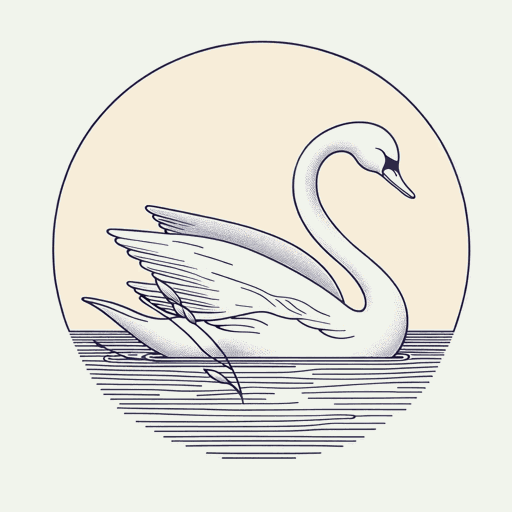
Helen of Troy Does Countertop Dancing
Margaret Atwood

Lady Oracle
Margaret Atwood

Life Before Man
Margaret Atwood

MaddAddam
Margaret Atwood
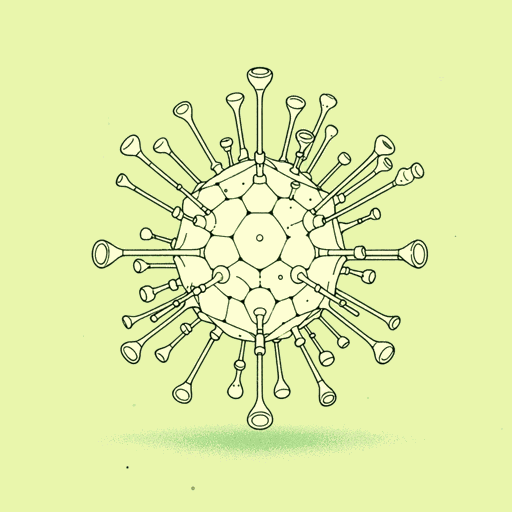
Oryx and Crake
Margaret Atwood

Rape Fantasies
Margaret Atwood
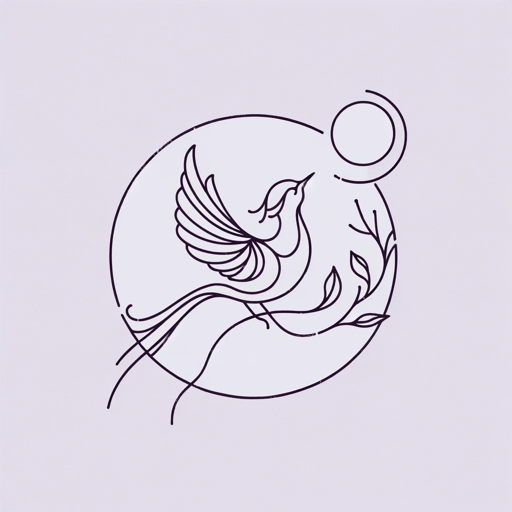
Siren Song
Margaret Atwood

Stone Mattress
Margaret Atwood

Surfacing
Margaret Atwood

The Blind Assassin
Margaret Atwood

The Edible Woman
Margaret Atwood
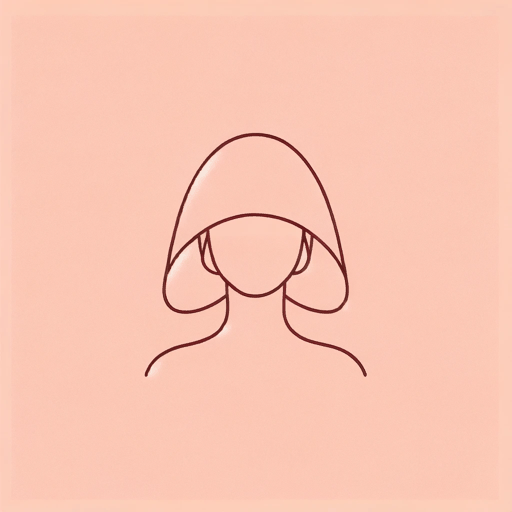
The Handmaid's Tale
Margaret Atwood

The Heart Goes Last
Margaret Atwood
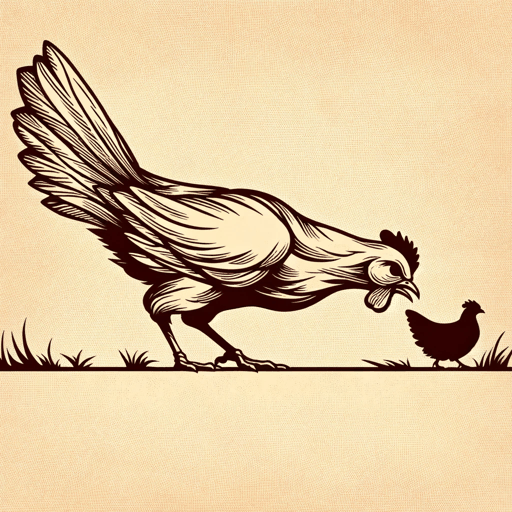
The Landlady
Margaret Atwood
